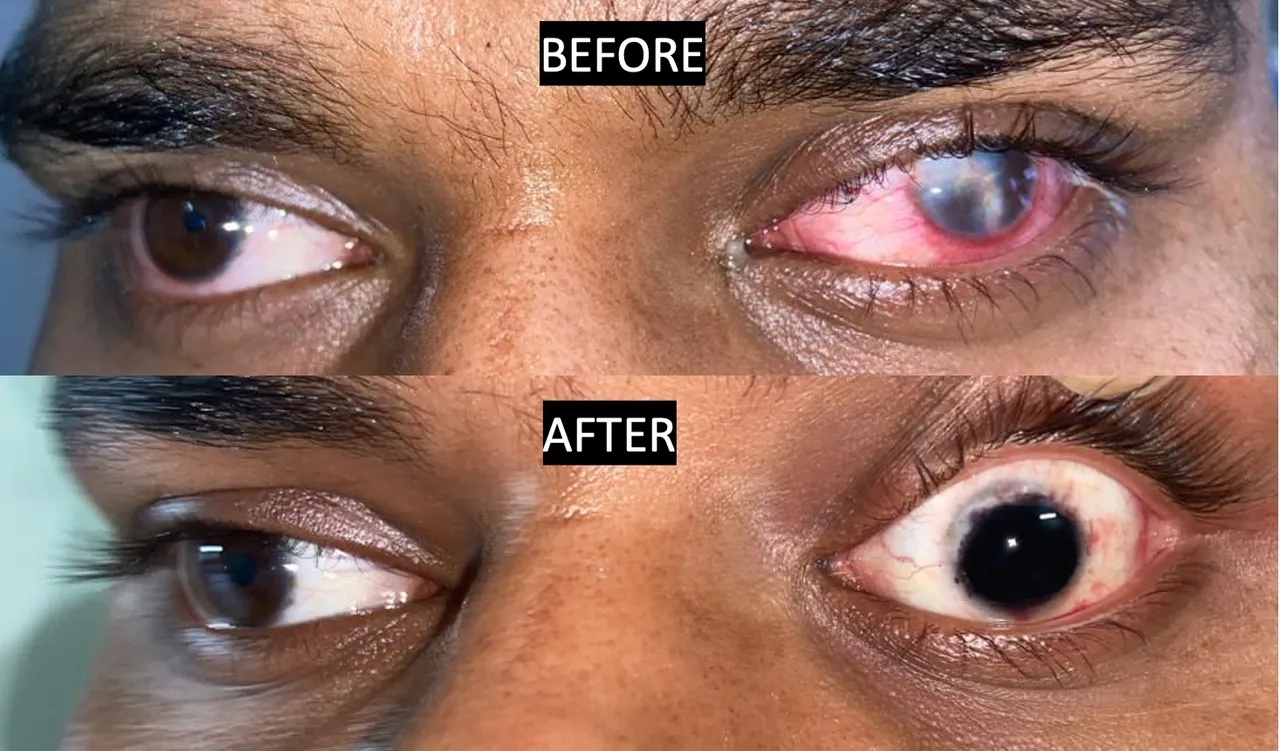Introduction: In the ever-evolving field of medicine, innovative techniques continue to emerge, pushing boundaries and challenging traditional practices. One such remarkable procedure is corneal tattooing. This groundbreaking form of ocular enhancement involves injecting pigments into the cornea to alter its appearance. Beyond mere aesthetics, corneal tattooing holds immense potential for medical and rehabilitative purposes, providing new hope for individuals with corneal scars, disfigurements, or irregularities. In this blog, we will explore the fascinating world of corneal tattooing, shedding light on its history, procedure, applications, and potential risks.
Historical Perspective: Corneal tattooing traces its roots back to ancient civilizations where it was employed for cosmetic purposes. Ancient Egyptians used pigments to enhance the appearance of their eyes, and later, in the 19th century, corneal tattooing was experimented with as a method to cover disfiguring eye injuries. However, it was not until recent advancements in medical technology and techniques that corneal tattooing gained recognition as a viable treatment option for various ocular conditions.
Procedure and Technique: Corneal tattooing involves injecting specialized pigments into the superficial layers of the cornea, the transparent front part of the eye. The procedure is typically performed under local anesthesia to minimize discomfort. The pigment is carefully applied using a fine needle or tattoo gun, allowing the skilled professional to create intricate designs or simply match the natural appearance of the unaffected eye. The choice of pigment color is based on the patient’s preferences, ensuring a personalized and unique outcome.
Applications and Benefits: Corneal tattooing offers a range of applications and benefits, both medical and aesthetic. For individuals with corneal scars or opacities resulting from trauma, infection, or other conditions, a well-executed corneal tattoo can restore visual symmetry and improve self-esteem. In cases where corneal transplantation is not feasible, tattooing can provide a valuable alternative, masking the disfigurement and allowing individuals to regain confidence in their appearance. Additionally, corneal tattoos can be used to enhance prosthetic eyes, giving them a more realistic and lifelike appearance.
Risks and Considerations: Like any medical procedure, corneal tattooing carries certain risks. The injection of pigments into the cornea can potentially lead to complications such as infection, inflammation, or corneal damage. Therefore, it is crucial that the procedure is performed by a skilled and experienced ophthalmologist or corneal specialist to minimize these risks. Thorough preoperative evaluation, informed consent, and close postoperative monitoring are essential to ensure the best possible outcomes. Patients considering corneal tattooing should engage in comprehensive discussions with their healthcare providers to fully understand the potential risks and benefits associated with the procedure.
Conclusion: Corneal tattooing represents a unique blend of art and medicine, offering hope and transformation to individuals with corneal scars or disfigurements. This innovative procedure has the power to enhance both appearance and self-confidence, giving individuals a chance to regain a sense of normalcy and acceptance. With ongoing advancements, corneal tattooing is likely to continue evolving, further expanding its potential and improving the lives of countless individuals.



